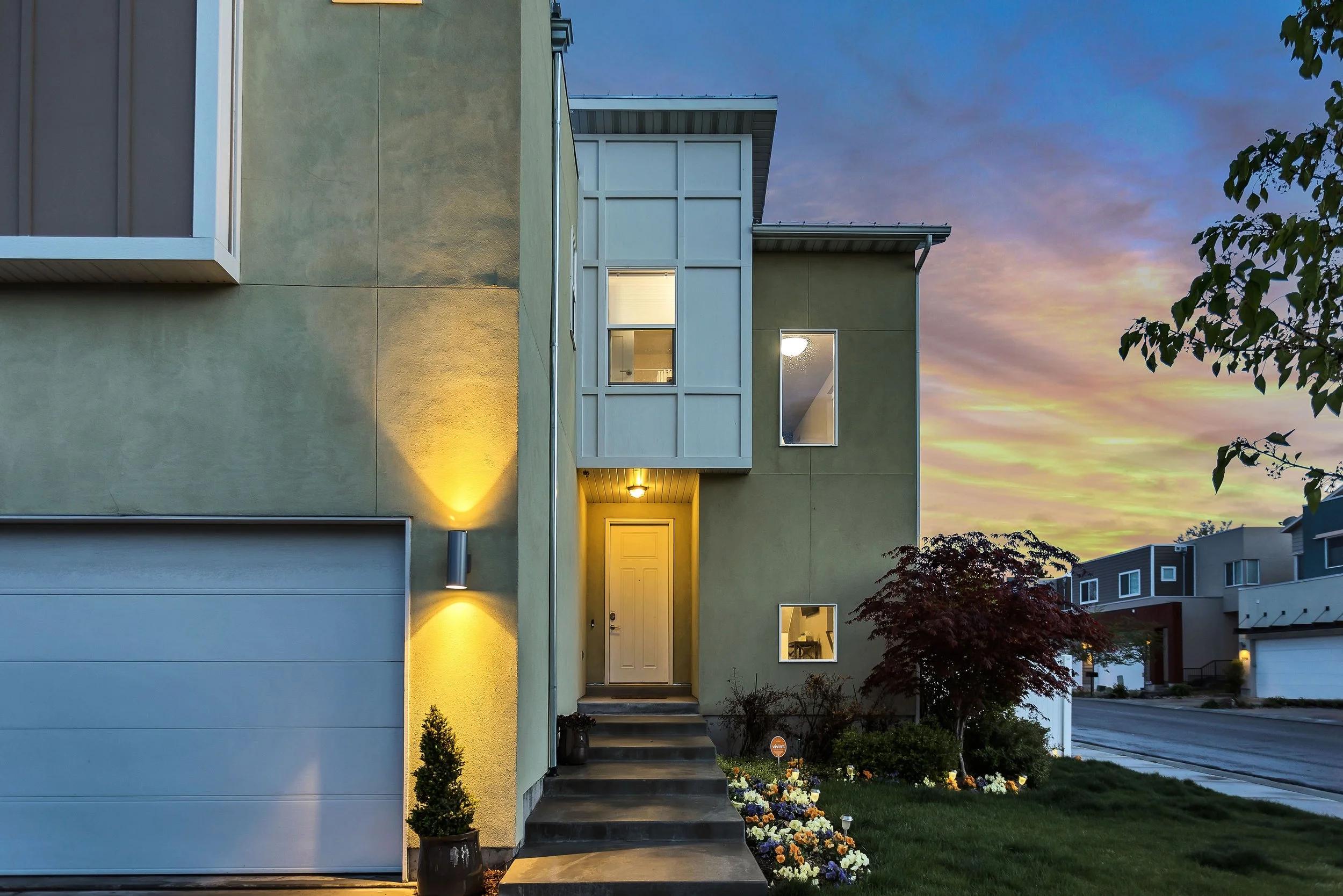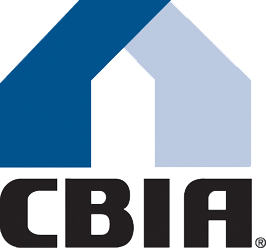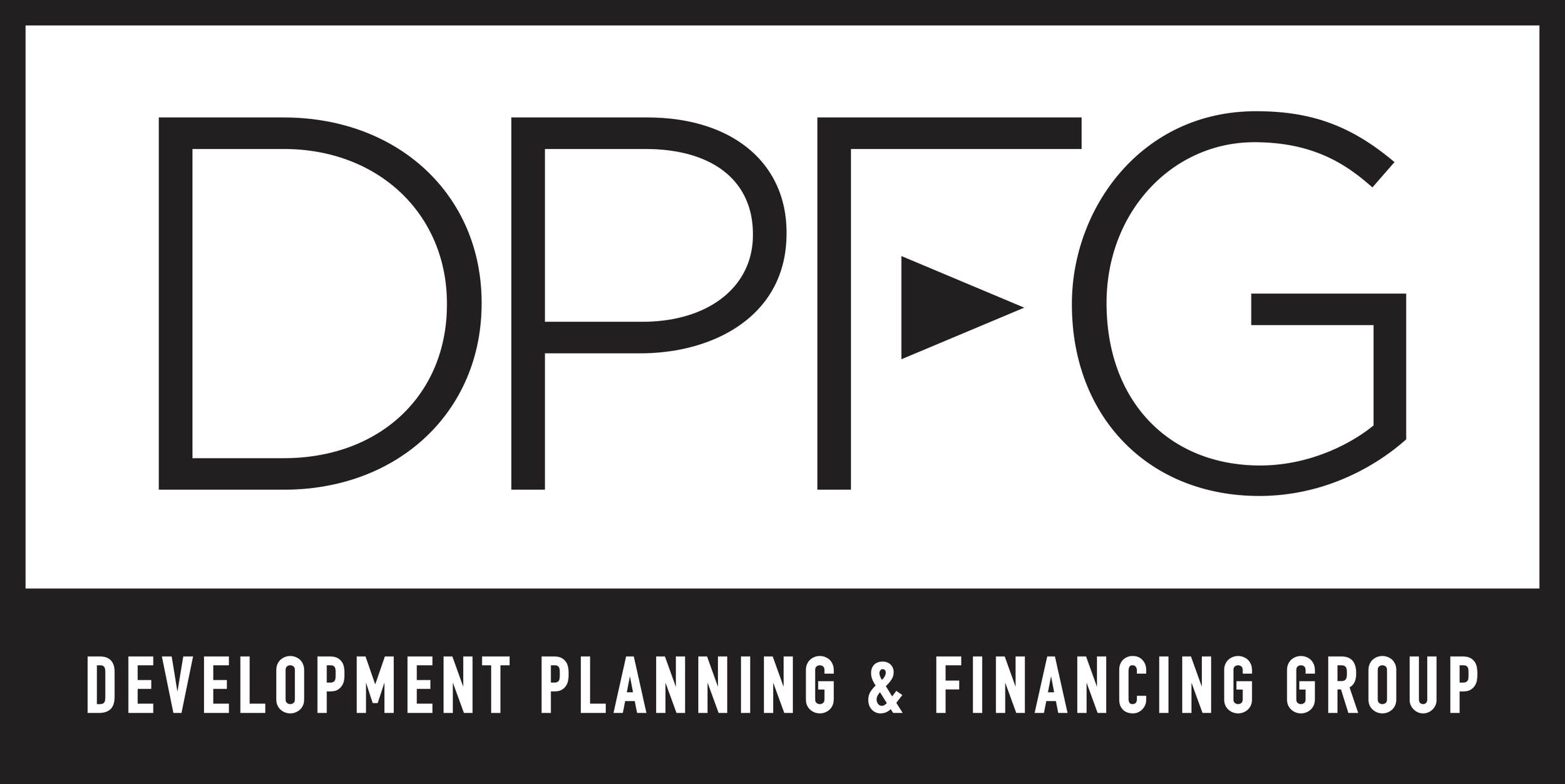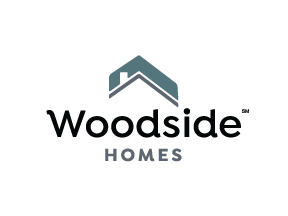Photo by Brian Babb on Unsplash
by Phillip B. Burum, Executive Vice President, Diversified Pacific,
President, Building Industry Association (BIA) Baldy View Chapter
It takes a village! Building a new home today will take, on average, more than 80 professional individuals ranging from architects and engineers to painters and plumbers. There are more than 250,000 individual parts and pieces that make the modern new home the most technologically advanced and environmentally friendly in history. The complicated advancements of the modern home, however, may have roots in a much simpler design from a much simpler time.
Here in the Baldy View Region, mixed in among homes from the Spanish mission-era adobes and towering Victorian mansions, some neighborhoods also feature what were known as a ‘Sears homes’. Sears homes were homes constructed using kits of pre-cut lumber and materials. Between 1908 and 1940, these home kits were shipped by rail to customers who purchased a lot, then hired a contractor to construct the kit.
Builders today learned a valuable lesson from the Sears home. The Sears home was successful due to the predictability of the results and economies of scale that could keep prices low and quality high on individual homes. This same concept is applied by today’s homebuilder. Building multiple homes of a design that has been tested by the marketplace yields predictable results in terms of marketability, quality, and economic efficiency. The Sears home is viewed by some as the template for today’s new home community which offer homebuyers, local economies and the environment the best ‘bang for the buck’ in history.
Today’s new home buyers often cite energy efficiency, open layout, warranties, and the ability to customize by selecting flooring, paint colors and other design elements as key factors driving their choice. Yet there are many other factors that make today’s new homes the best choice. Key among those other factors is the community the home is built within.
The vast majority of new homes built today are part of major residential development or a master planned community. Home builders, or the land developers that came before them, are largely responsible for planning and installing the new infrastructure of a growing city. Where a city would once lay out streets and then designate lots on which individual homes would be built over time, the responsibility now falls primarily on homebuilders.
It can take a new home community from several years to more than a decade to travel from the land planner’s blue print vision to an actual constructed home that is ready to occupy. Often, a land plan evolves over time through countless reviews by the local governing agency, community leaders and neighbors of the future community. Eventually, through this rigorous design review process, which includes evaluating how the planned development will impact the existing community, a concept plan is approved. The approval will likely be accompanied by conditions that mitigate the impacts of the new development. New communities are responsible for mitigating impacts to everything from public safety to use of the local library.
From the initial approval, there are still several elements that need to be designed and perfected long before that new home is ready to occupy. The specific design of new streets and utility infrastructure, along with any public amenities that will be part of the new community will all need to come together before the first shovel hits the ground.
Once the shovel hits the ground, a new group of professionals becomes involved to ensure the best possible results are achieved by the contractor. The work will proceed under the watchful eye of city or county building inspectors, soils engineers, land surveyors, insurance inspectors, cultural resource consultants and, in many cases, Native American observers, all to ensure that the new community is properly constructed and respectful of the environment in which it is being constructed.
Planning for new homes, which now includes the need to plan the community in which the home will be built, has come a long way. This collaborative effort, between land planners, homebuilders and city leaders ensure that today’s new homes are safe, environmentally friendly, economically viable, and desirable for the many future homeowners that our region continues to attract. Today’s new homes and the new home communities in which they are built are truly the finest in history.

































